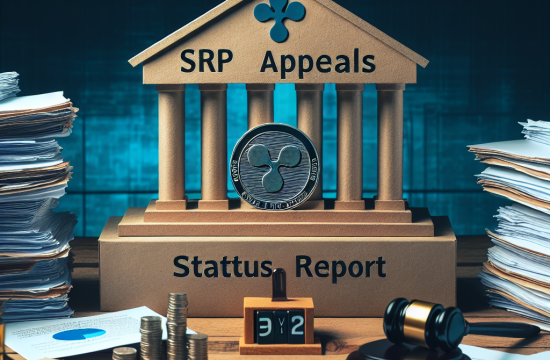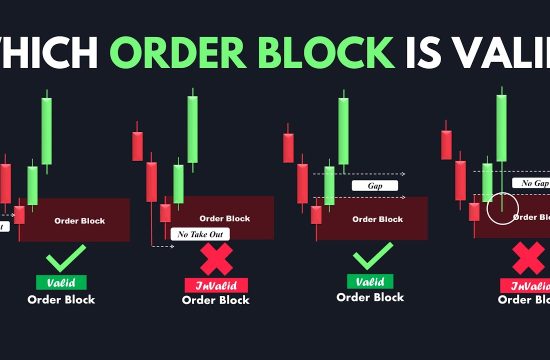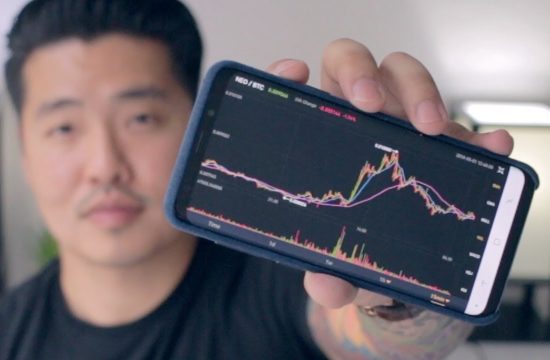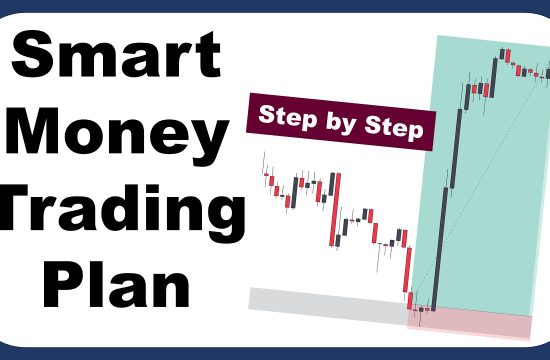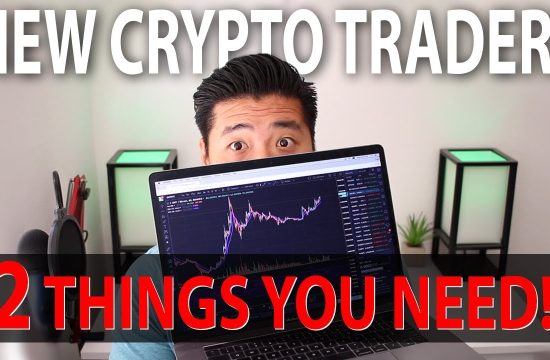Understanding Leverage Trading
What is Leverage Trading?
So, let’s kick things off by understanding what leverage trading actually is. Picture it as borrowing money to amplify your trading positions. Instead of just trading with your own funds, you’re using borrowed funds to increase your exposure in the market. It’s kinda like taking a loan to buy an asset, but it’s all digital and quite fast-paced.
In the world of Bitcoin and cryptocurrencies, this means you can control a larger position than what your initial capital would allow. This can lead to greater profits, but fair warning, it can also amplify losses if the market doesn’t go your way. It’s a double-edged sword, so you gotta approach with caution.
Understanding the concept is super important because it lays the groundwork for everything else. You don’t want to jump in blind, so make sure you get the hang of what this whole thing entails before diving deeper!
Why Trade with Leverage?
One of the key reasons I opted for leverage trading was the potential for higher returns. Who wouldn’t want to boost their profits? With leverage, even a small price movement in Bitcoin can turn into a significant profit if you’ve placed a well-calculated trade.
Another lure is the efficiency of capital. You don’t have to tie up a huge amount of money; you can use the leverage to open multiple positions or diversify your portfolio. It’s like being able to stretch your cash further, and let’s be honest, who doesn’t want that?
However, it’s crucial to remember that with high returns come high risks. It requires a strong grip on risk management, so you’re not left high and dry when the market shifts in an unexpected direction. Trust me, you want to have your bases covered!
Risks Involved in Leverage Trading
You can’t talk about leverage trading without addressing the elephant in the room: risk. The potential for loss is significant. If the market takes a downturn and you’re on the wrong side of the trade, the losses can be more than what you originally invested. Sometimes, they can even wipe out your account.
It’s a volatile market to begin with, and leverage just worsens the situation. You got to be prepared for the emotional rollercoaster that comes with it. Panic selling? Yep, that’s a thing, and it ruins your trading strategy like nothing else.
The best way to mitigate these risks is through proper risk management strategies, understanding your limits, and knowing when to cut your losses. Always keep this in mind when trading—you might thank yourself later!
Choosing the Right Platform
What to Look for in a Trading Platform?
Choosing a platform for Bitcoin leverage trading can feel like finding a needle in a haystack. You gotta make sure it’s reputable and secure, first and foremost. Check reviews, do some digging into their security measures, and ensure they’re transparent about their operations.
User interface is another biggie. I’ve used platforms that felt like I was navigating a spaceship! You want something intuitive that isn’t going to make your head spin. After all, trading during a stressful market is stressful enough, right?
Don’t forget about the fees! Some platforms hit you with hidden fees that eat away at your profits. Always read the fine print—trust me, learning this the hard way is a painful lesson.
Reading Reviews and Feedback
Speaking of trust, let’s talk about reviews. I always recommend digging into what actual traders are saying about a platform. Find forums, Reddit threads, or trading groups where people share their real-life experiences.
It’s a goldmine for information. You’ll get insights into platform reliability, customer service, and how issues are handled. It’s like getting a sneak peek before jumping onto the rollercoaster!
Always be cautious of overly positive reviews; they can be misleading. Look for balanced feedback—both good and bad, as it paints a clearer picture of what you can expect.
Testing with a Demo Account
Many platforms offer demo accounts, and using one is like taking a practice run before hitting the big leagues. It lets you get a feel for the trading environment without risking your hard-earned cash. It’s a fantastic way to familiar yourself with the platform and understand its features.
Try out different strategies and see how leverage impacts your trades in real time. The feeling of getting that practical experience is invaluable. Plus, you’ll make mistakes without the financial hit, which is pretty nice!
By the time you’re ready to go live, you’ll be much more comfortable and confident in your trading skills. It’s all about preparation, and a demo account is a wonderful tool for that.
Creating a Trading Strategy
Setting Goals and Limits
Before I even think about entering a trade, I always set clear goals and establish my limits. Know what you want to achieve with leverage trading—whether it’s quick profits, long-term gains, or just getting used to the market.
It’s critical to identify how much you’re willing to risk on each trade. I suggest never risking more than a small percentage of your total capital. This way, you can ride out the bad times without completely wrecking your portfolio.
Having those limits in place helps keep emotions in check too. If trades go south, you can still sleep at night knowing that you didn’t overexpose yourself. It’s like having a safety net while you’re flipping through the highs and lows of trading.
Researching Market Trends
Staying informed about market trends is non-negotiable. I like to follow various sources to see what the market sentiment is. This can include social media, news articles, or specialized trading websites. Knowledge is power, folks! You don’t want to jump in blind.
Technical analysis can also be your best friend. Take time to learn how to read charts and indicators so you can make informed decisions. Understanding what’s driving Bitcoin’s price helps you anticipate market movements.
Don’t forget the economic factors! Global news can impact the market like a hurricane. Having your ear to the ground allows you to react quickly and adjust your strategy as needed.
Practice Risk Management
No matter how skilled you become, risk management is essential. Leverage trading can be thrilling, but you don’t want to throw caution to the wind. I like to use tools like stop-loss orders—they’re a lifesaver when things get unpredictable.
Diversifying your trades is another way to spread your risk. If you have multiple positions, a loss on one can potentially be offset by gains on another. I’ve learned the hard way that relying solely on one trade is like putting all your eggs in one basket—never a good idea!
Finally, always be willing to learn from your trades. Reflecting on what went right or wrong will help you grow as a trader. Trust me, this will save you from making the same mistakes over and over again!
Executing Your Trades
Placing Your Trades
When it’s time to place your trades, stay calm and collected. It’s easy to get swept up in the excitement, especially when there’s a lot of market chatter. Stick to your strategy and the analysis you’ve done. Confidence in your research is key!
Make sure you’re choosing the right type of order—whether it’s a market order, limit order, or something else. Each has its pros and cons, so understanding these can be crucial in executing your strategy effectively.
Keep a trading journal. Recording your trades, the reasons behind them, and your emotional state can be super beneficial. It’s a reflective practice that helps you evolve into a more savvy trader over time.
Monitoring Your Positions
Once your trades are active, it’s all about keeping an eye on them. Market conditions can change faster than you blink, so it’s vital to monitor your positions regularly. I usually set alerts on my phone or trading app to keep me in the loop without having to obsessively check.
Be prepared to adjust your strategy. Sometimes a trade that seems promising can turn sour quickly. If the market is acting up in ways you didn’t expect, don’t hold onto a losing position just for the sake of it. Know when to cut your losses!
Your goal isn’t just to ride the highs, but also to manage your losses smartly. Trading isn’t just about making a quick buck; it’s about being strategic, and that requires flexibility.
Exiting Your Trades Wisely
Knowing when to exit a trade can be just as essential as knowing when to enter. It’s a fine line that requires a balance of emotion and strategy. Don’t let greed cloud your judgment when a trade is performing well. Set profit-taking points based on your initial goals and stick to them!
Conversely, exiting a loss is crucial. If your trade is going against you, don’t hesitate to pull the plug. It’s better to take a small loss than to watch it snowball into something way more painful.
Reflect on each trade after exiting. What did you learn?
Related Content
- Bitcoin, Ethereum Technical Analysis: BTC, ETH Extend Recent Declines During Saturday’s Session
- Bitcoin Will Save Humanity
- Turkey’s Financial Intelligence Unit Launches Investigation Into FTX Collapse
- OKX Dual Investment Tutorial (How to Trade Dual Investment)
- Kazakhstan Presses On With Restrictive Bitcoin Mining Regulation





